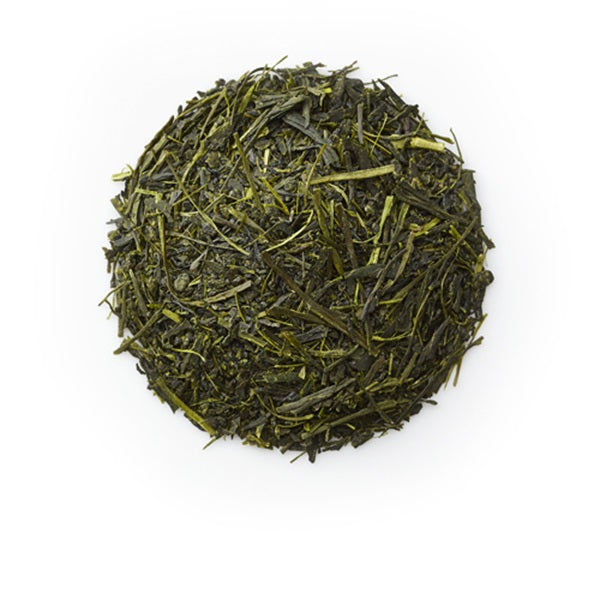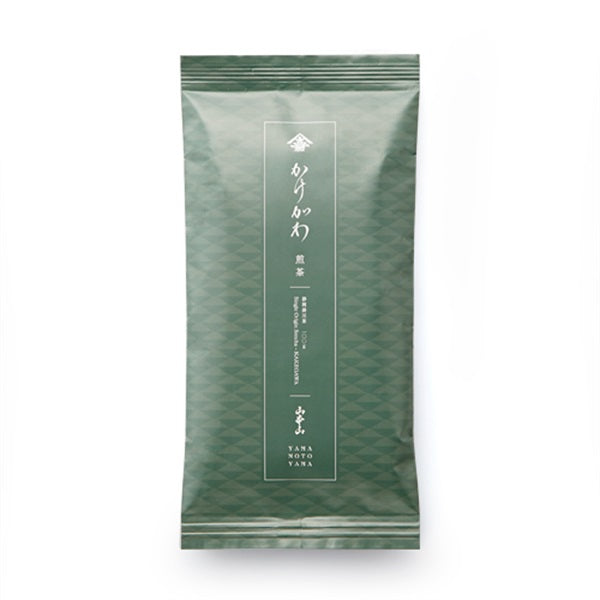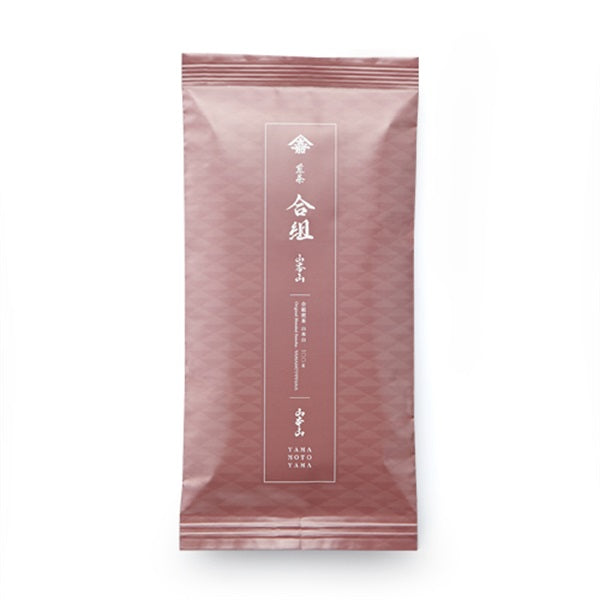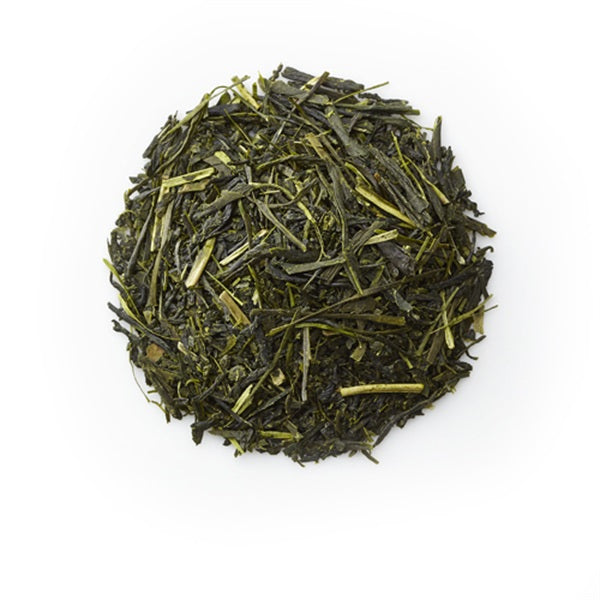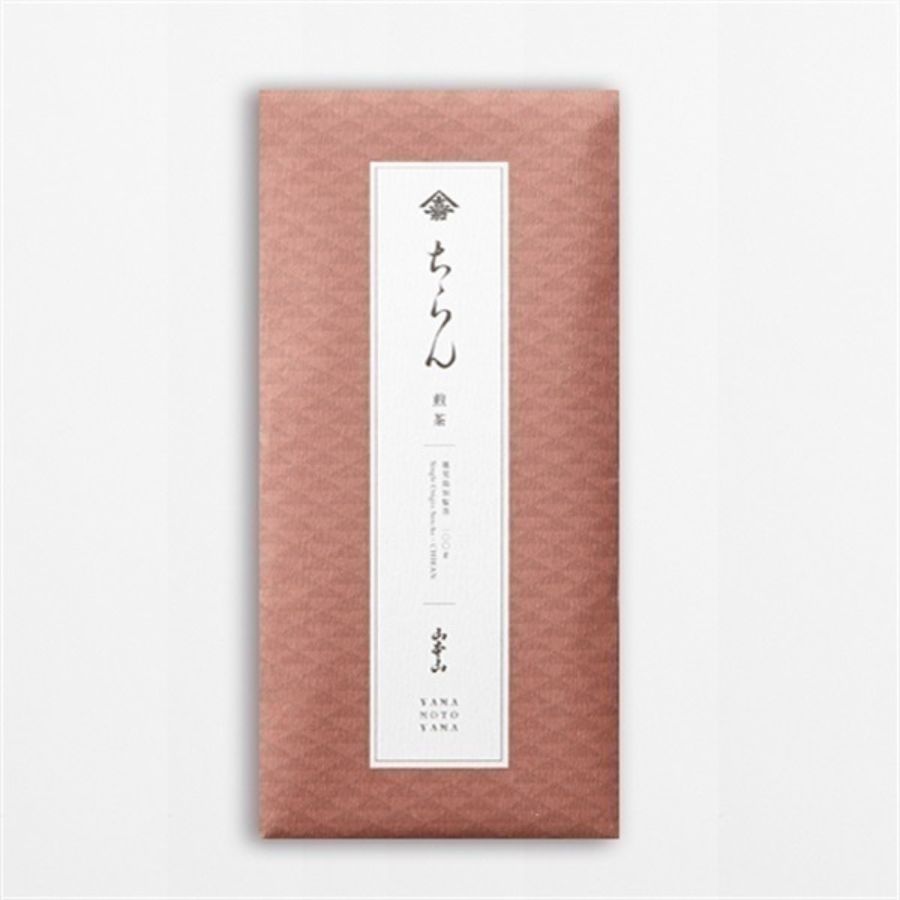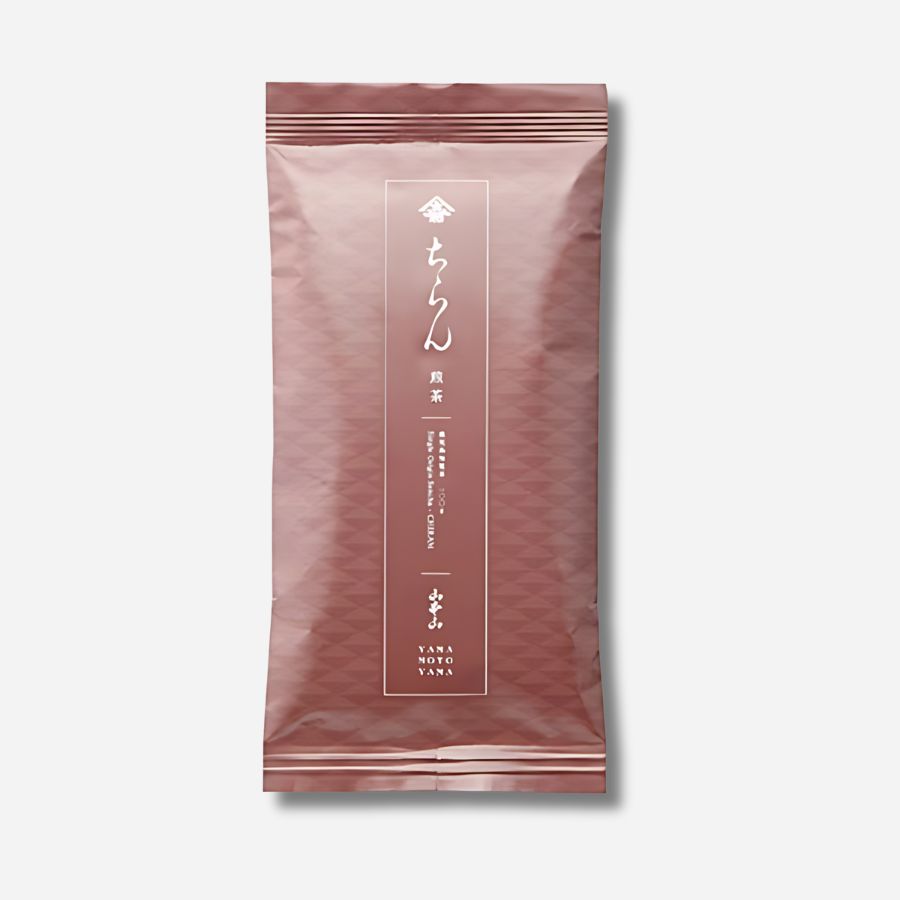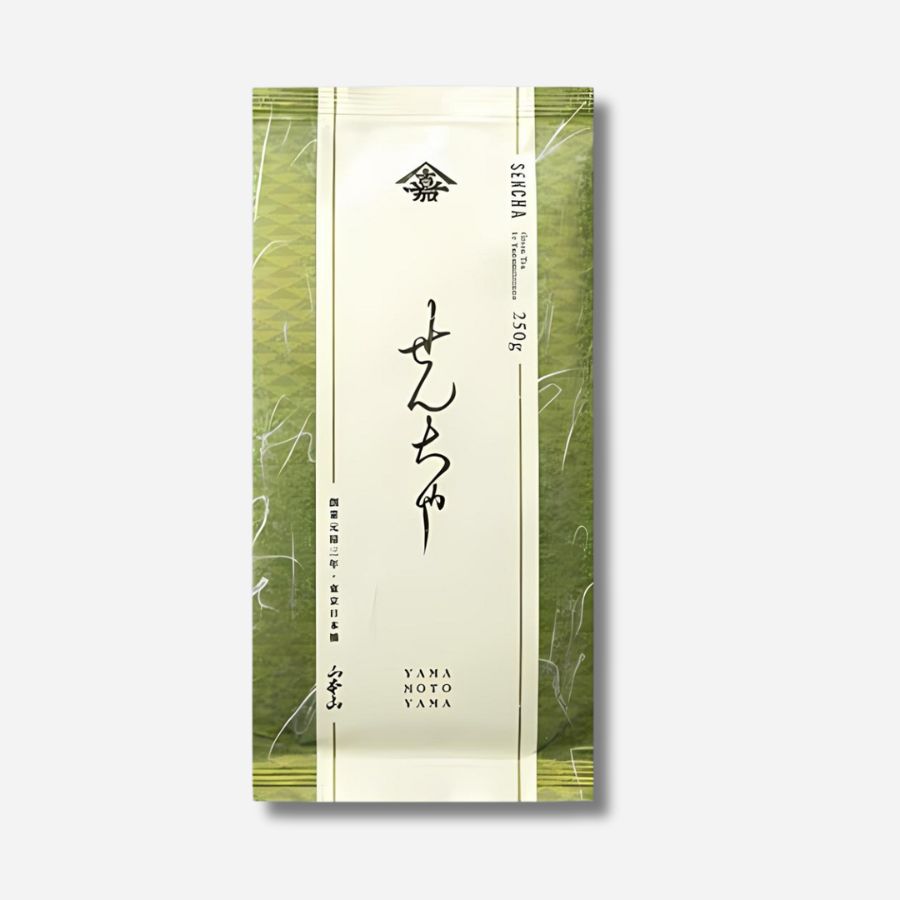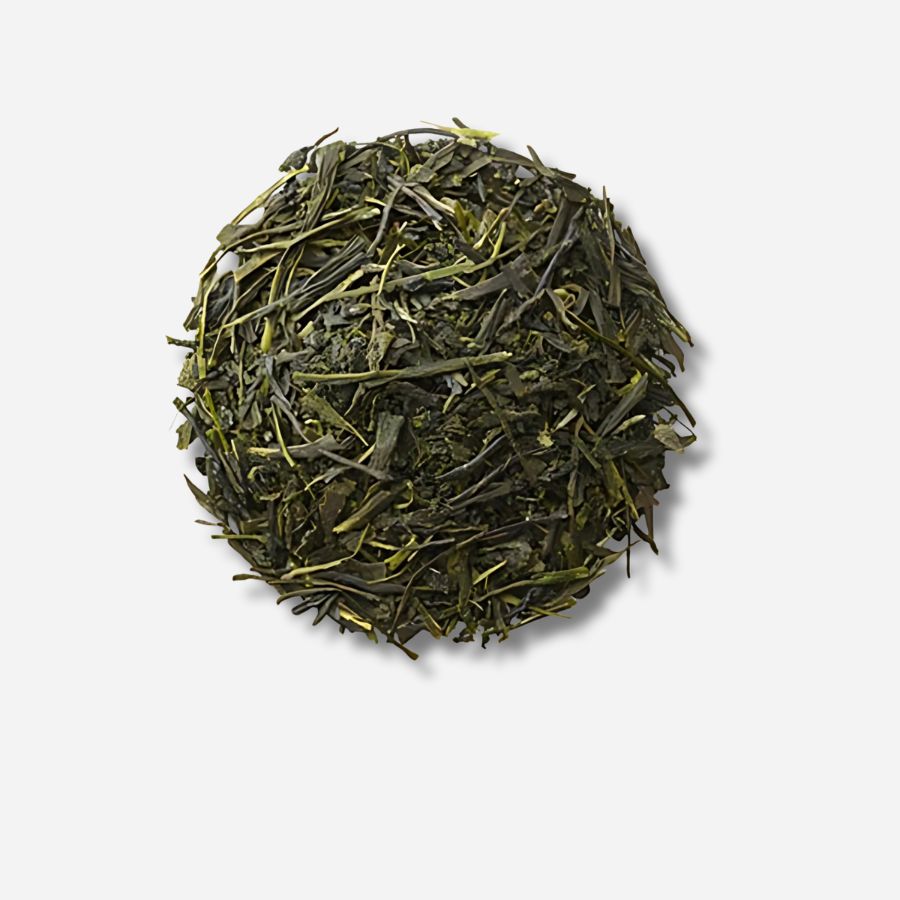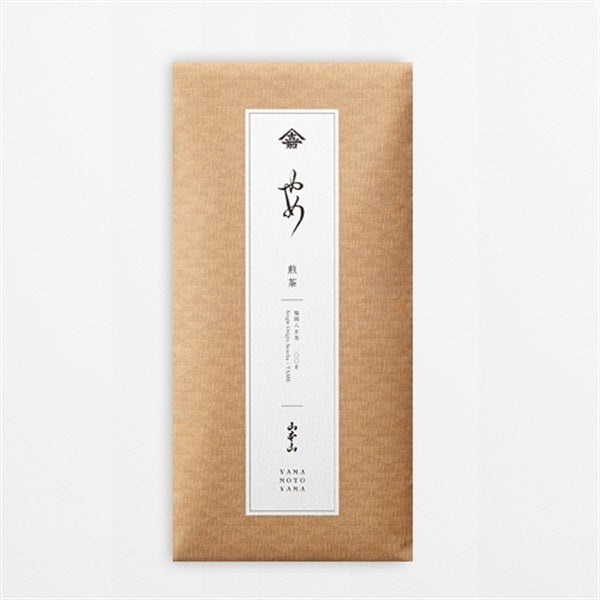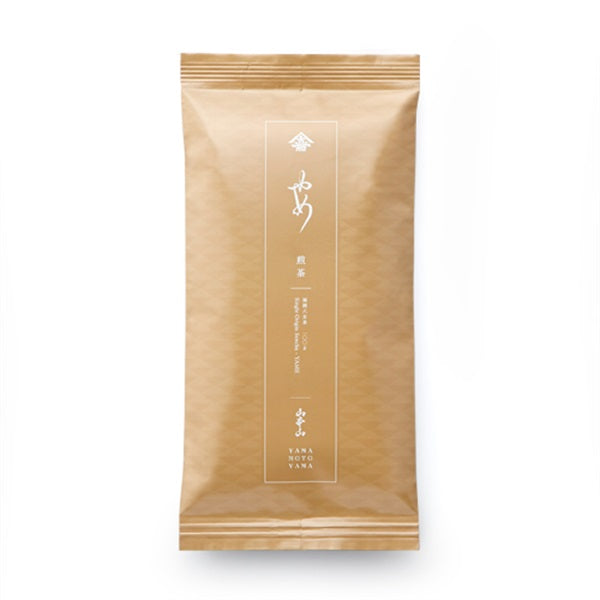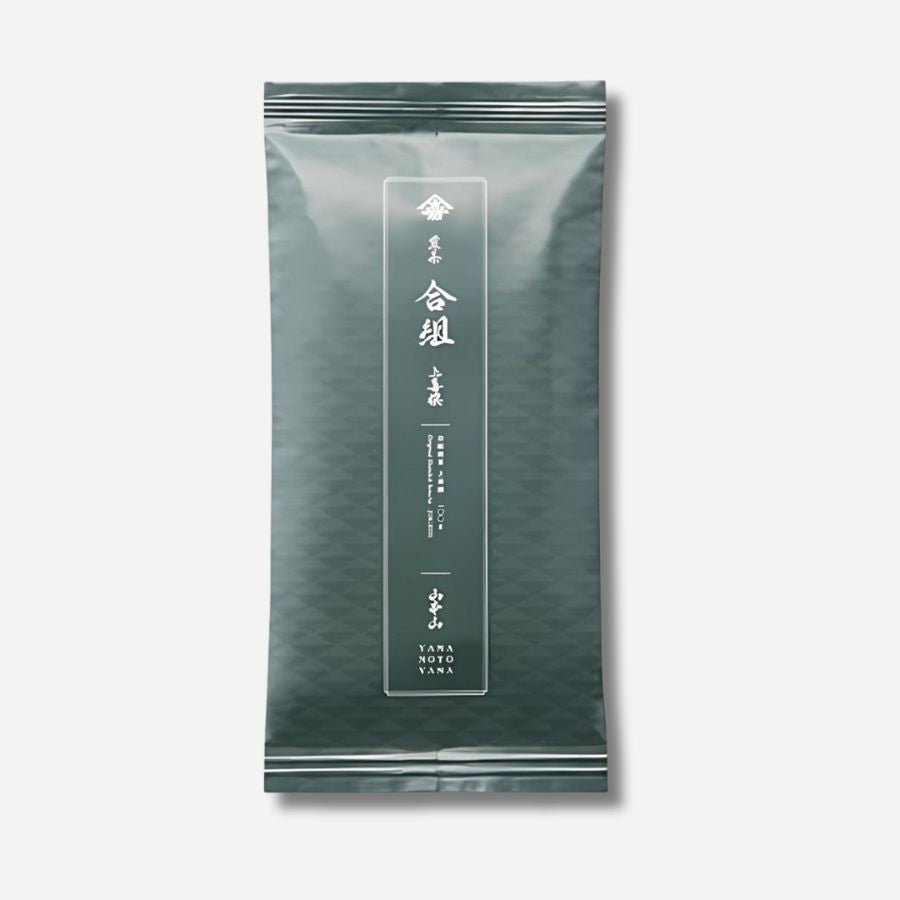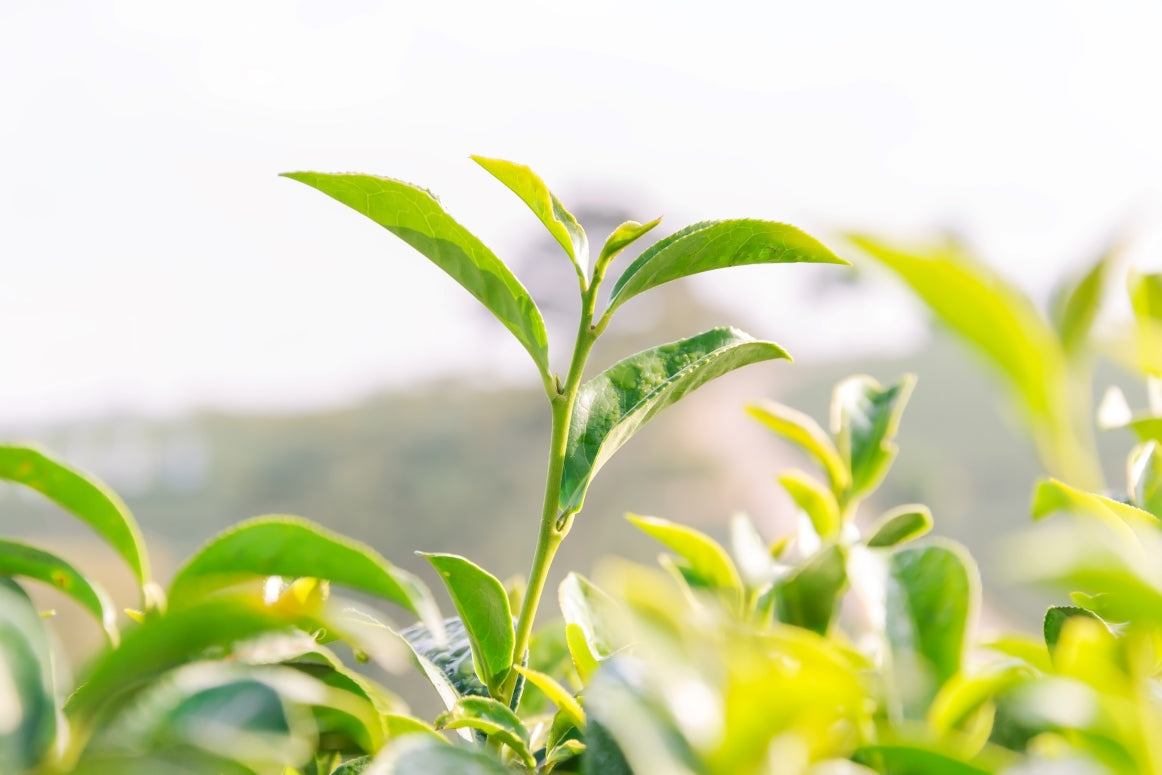
Tracing back the history of tea! The roots of tea as a medicine
The origins of tea
Tea originated around 2700 BC, probably in Yunnan province in southwestern China, but originally it was consumed not as a drink to enjoy its flavor, but as medicine.
As evidence of this, Chinese and Japanese medical and tea books contain numerous descriptions of the wide range of beneficial effects of tea.
Drinking tea began in China and spread throughout the world. It is not just the taste and flavor of tea that fascinated people, but also the excellent health benefits of tea itself that made it a popular everyday drink.

Shennong and Tea: Tea as the Elixir of Immortality
In fact, it is said that the First Emperor of Qin drank tea, believing it had the power to grant immortality.
Later, in the oldest Chinese medical text, the Shennong Benzao Jing (Shennong Materia Medica Book), which is said to have been written during the Han Dynasty, there is a passage about tea: "Tea tastes bitter, and when it is drunk it helps the person to think better, become less sleepy, be light in body, and have sharp eyesight."
This means that "if the taste of tea is bitter, your thinking will deepen, your body will feel lighter even if you are sleep-deprived, and your vision will be clearer." This is famous as the first time in history that the medicinal properties of tea were spoken of.

The title of this book, "Shennong," is the name of an emperor who is said to have lived about 5,000 years ago. Shennong is said to have been poisoned 72 times in one day while traversing the mountains and fields to research the medicinal properties of herbs. Each time he was poisoned, he would chew tea leaves to counteract the poison, and this is how the medicinal properties of tea became known.
This is merely an anecdote about Shennong, so its veracity is uncertain, but it does seem certain that the health benefits of tea have been attracting attention since ancient times.

Lu Yu and the Cha Jing: Laying the Foundation for Tea Culture
The oldest book on tea is the "Cha Jing" (The Classic of Tea), written by Lu Yu around 760 during the Tang Dynasty.
Lu Yu was a Chinese writer during the Tang Dynasty. He completed a book that covered all knowledge about tea, including its origins, cultivation methods, production methods, brewing methods, and effects, and made a great contribution to the development of tea culture.
Lu Yu was something of a tea expert of his time, and in this book he himself states that "the drinking of tea originated from Shennong," and he highly praises the health benefits of tea, saying that Shennong was the founder of tea.
However, tea at that time was different from what we often see today. It was in a form called "mochicha" (a type of tea that is easy to carry around.) When drinking tea, it was shaved into small pieces and boiled.

Introduction to Japan and Eisai’s contributions
Let's move on to Japan.
Tea was first introduced to Japan during the Nara period, when it was brought back by envoys from the Tang Dynasty, including Saicho and Kukai.
However, the tea of those days was completely different from the tea we drink today. It was the "mochicha" mentioned earlier, made by steaming raw tea and turning it into a solid, round mochi shape. Tea at that time was apparently only prized among aristocrats and monks.
Later, the person who laid the foundation for tea culture in Japan was Eisai, known as the founder of the Rinzai sect of Buddhism.
Eisai traveled to China twice to study Zen Buddhism, and is said to have brought back tea seeds with him on his second trip back to Japan in 1191. At the time, tea was already widely enjoyed as a luxury item in China, but it was not yet well known in Japan. 
Eisai, who worked hard to popularize tea culture, wrote the book "Kissa Yojoki" (A Record of Tea Ceremonies) in which he described the effects of tea and how to drink it.
In it, he writes that "Tea is an elixir for health and a wonderful technique for prolonging one's life," and goes on to describe the effects of tea, as well as how to make and drink it.
Specific benefits of tea include diuretic, laxative, detoxifying, anti-inflammatory and strengthening properties; however, at a time when medical and pharmaceutical knowledge was still scarce, it is a testament to the ingenuity of human beings that they were able to so succinctly identify the diuretic effect of caffeine, the antibacterial and detoxifying effects of tannins (catechins), and the anti-inflammatory and anti-inflammatory effects of saponins.

The scientifically proven health benefits of tea
The idea that tea has medicinal properties remains strong to this day.
In fact, the catechins contained in green tea have antioxidant and antibacterial effects and are said to be effective in preventing colds and lifestyle-related diseases, and the vitamins that are abundant in green tea also increase resistance to diseases and protect the stomach mucosa. It is also known that black tea and oolong tea each have different health benefits.

Finally
What do you think? Tea has a long history and has been the foundation of many cultures. It is not just a drink to quench the thirst, but its health benefits have also been known since ancient times.
By learning about the history and culture built up by our ancestors, we can further appreciate the flavor and benefits of tea.


